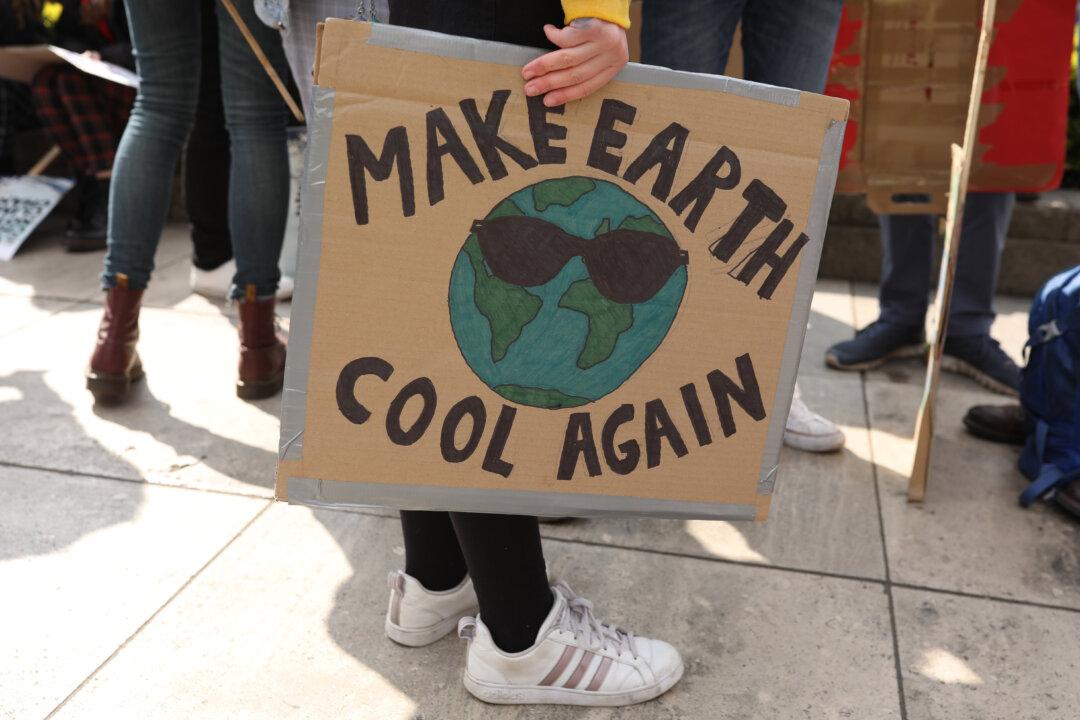Letter to Editor
What goes up must come down. This is a phrase we seem to understand as kids by simply throwing a ball in the air, but scientifically, we associate this phrase with the Laws of Motion and Gravitation discovered some 300 years ago by Sir Isaac Newton. However, this simple phrase does not just apply to moving objects influenced by gravity.



